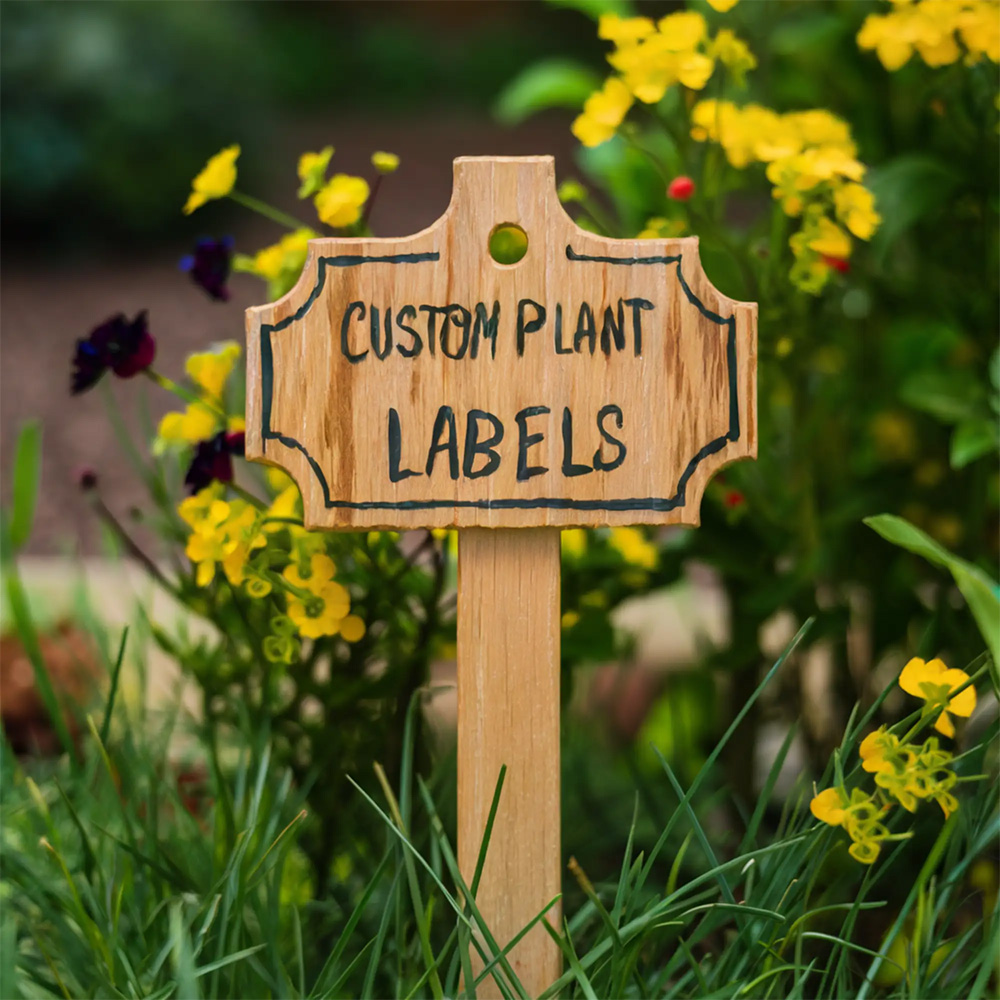
Get the latest information on plant labels and enhance your garden with our stylish, tailored solutions.
However, amidst the excitement, it’s important to keep track of what you’ve planted. With many similar varieties of plants, distinguishing one from another can quickly become confusing. This is where plant tags come in handy – small labels that carry key information about each plant, including its name, type, and care instructions. Though it may seem like a minor detail, holding on to these tags after planting can make a noticeable difference in your garden’s success.
One of the main reasons to hold onto plant tags is to ensure you can correctly identify each plant as it matures. Many plants begin to look alike as they grow, especially if they share similar features like leaf shapes or colors. This can be particularly challenging if you’ve planted several varieties of the same species. For example, different tomato varieties might appear very similar in the early stages of growth. By retaining the plant tags, you can easily differentiate between them and provide the appropriate care for each. Without the proper identification, it’s easy to mix up varieties, which could lead to suboptimal growth or incorrect care.
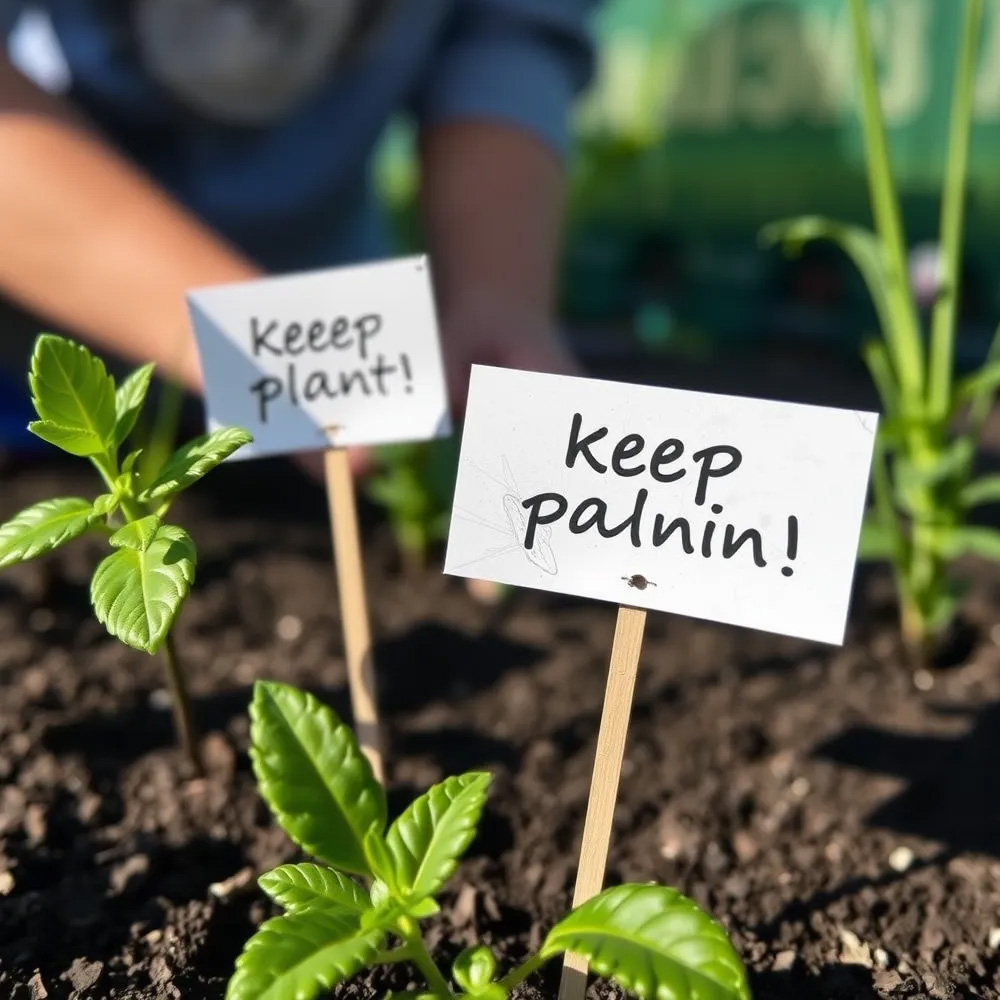
Keeping plant tags also allows you to track the progress of your plants as they develop. A garden is a living project that requires close attention to detail. Observing your plants regularly helps you detect any potential issues early on, giving you time to address them before they become serious. If you notice that one plant is struggling, referring to its tag will remind you of its specific requirements, such as its preferred soil type, sunlight exposure, or watering needs. In this way, plant tags act as a guide to help you create the best conditions for your garden, especially for plants that are susceptible to pests or diseases. Catching problems early on can often be the difference between saving a plant or losing it.
In addition to their practical uses, plant tags are valuable learning tools. Whether you’re an experienced gardener or a beginner, plant tags can teach you more about the plants you’re growing. These tags often include the plant’s scientific name, common name, and care instructions, making them an excellent resource for learning more about each species. As you spend time in your garden, you can also take notes or record observations on the plant tags. This will help you learn from your own experiences, improving your gardening skills over time. Keeping plant tags is not only helpful for your current garden but can also make you a more knowledgeable gardener in the future.
Another benefit of retaining plant tags is the ability to share your gardening knowledge with others. If friends or family visit your garden, or if you participate in gardening groups, having plant tags on hand makes it easier to explain what you’re growing. You can use the tags to share the name and details of each plant, which can lead to meaningful conversations and exchanges of ideas with fellow gardeners. Plant tags can also be useful if you want to give advice or offer tips to someone who is interested in growing the same plants. It’s a simple but effective way to build community and share knowledge.
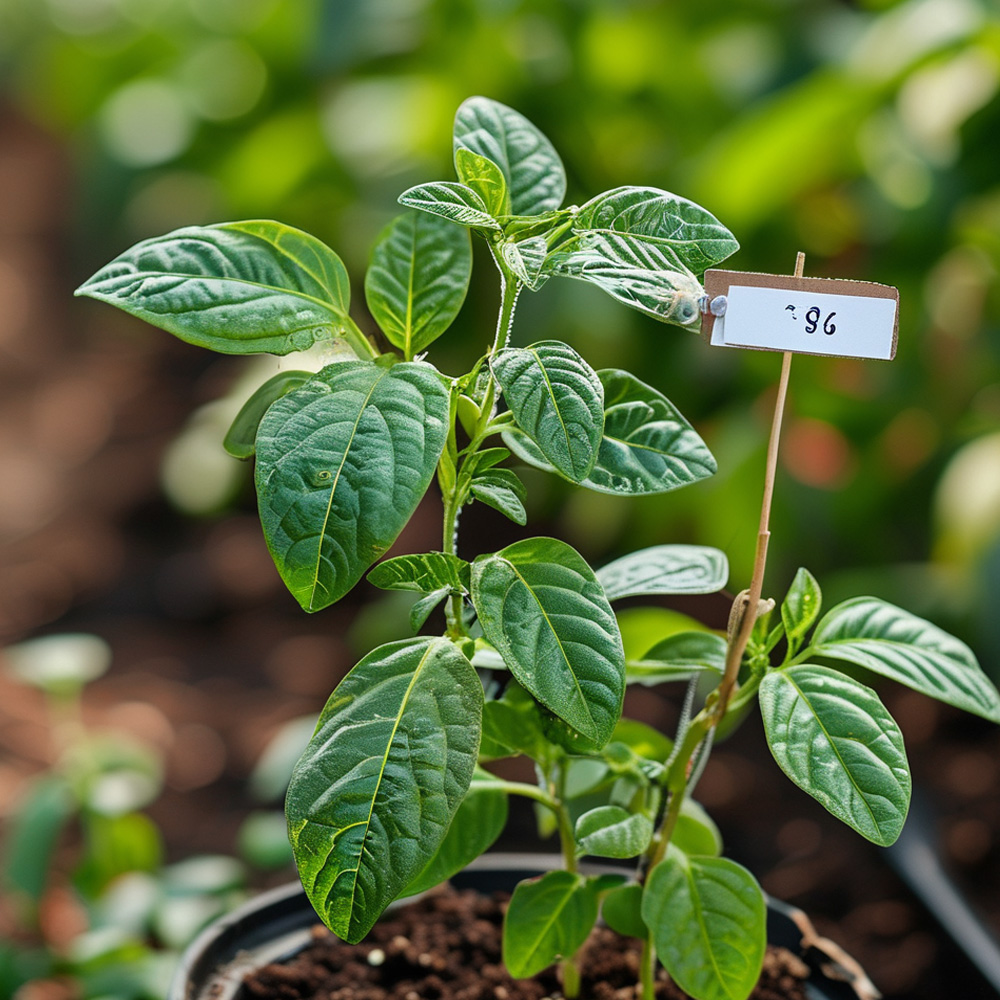
Lastly, plant tags allow you to document your garden’s history. As your garden changes over time, you can use the tags to keep a record of when and where each plant was added. This can be especially useful if you want to replicate successful plantings or avoid repeating past mistakes. Additionally, keeping a log of your garden’s development can be a rewarding way to look back on your gardening journey. For those who want to pass on their knowledge or preserve their garden for future generations, plant tags offer a way to chronicle the evolution of your green space, creating a lasting legacy.
In summary, keeping plant tags after planting is a small but impactful step toward ensuring the success of your garden. These labels provide vital information for identifying your plants, tracking their progress, and making sure they receive the proper care. Whether you’re new to gardening or have years of experience, plant tags can also serve as educational tools that help you grow in knowledge and skill. Moreover, they allow you to preserve the history of your garden, creating a record of its evolution over time. By taking the time to organize and retain your plant tags, you’ll not only enhance your gardening experience but also give your plants the best chance to thrive.
Get the latest information on plant labels and enhance your garden with our stylish, tailored solutions.
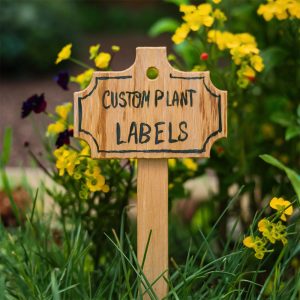
Are you tired of forgetting which plants are which in your garden? Plant labels are the unsung heroes of garden organization, helping both novice gardeners and experienced botanists keep track of their green companions.
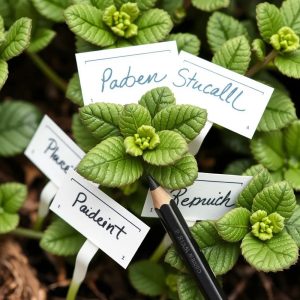
Gardening enthusiasts often find themselves faced with the challenge of labeling their plants in a way that is both durable and legible. The pencil you use plays a significant role in ensuring your garden labels can withstand the elements and stay readable over time.

Metal garden decor, including metal plant labels, adds elegance and sophistication to any outdoor space, enhancing its overall aesthetic appeal. However, rust can quickly undermine the beauty and structural integrity of these decorative pieces.
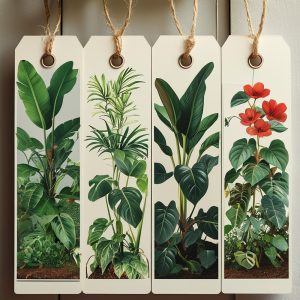
Plant labels play a crucial role in gardening, whether you’re a novice looking to keep track of your new plants or an experienced botanist identifying and categorizing species.

Copper plant markers are an excellent choice for gardeners who want a durable and aesthetically pleasing way to label their plants.
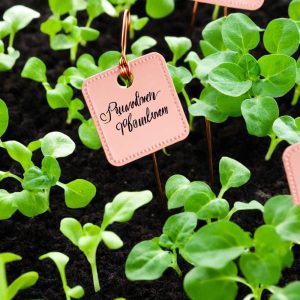
When it comes to writing on metal, enamel paint is a top choice specifically designed for this purpose.
Fill out the form below, and we will be in touch shortly.